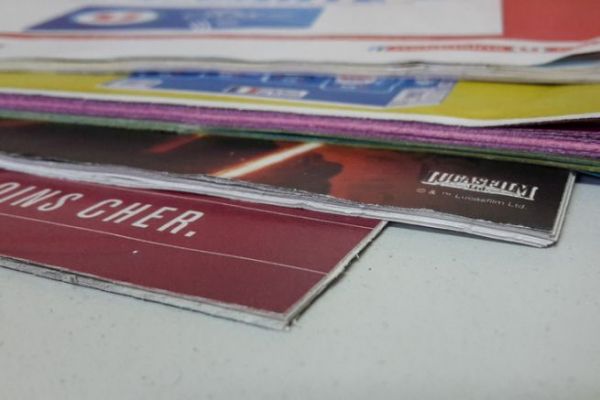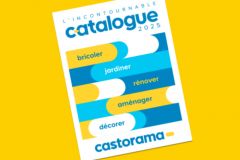Long a mainstay of promotional communications, leaflets are now at the heart of divergent strategies. Between reducing print runs, developing digital formats and even doing away with paper altogether, retailers are testing different balances in the distribution of their offers, and these choices have direct repercussions on the printing and graphic chain professions. The Prospekt Monitor 2025 report from IFH Media Analytics provides a snapshot of consumer practices in Germany. Analysis of this data enables us to better situate print in current offer communication systems.
Print audiences anchored in weekly habits
The study shows that paper continues to be used in almost all households. In 2025, 93% of Germans surveyed said they read paper leaflets at least occasionally (versus 95% the previous year). Weekly reading remains stable at 78% (versus 79% in 2024).
For advertising print professionals, these figures reflect a still very dense audience and a strong anchoring of the physical medium in consumer habits.
Despite the predicted drop in print volumes, the high readership rate suggests that targeting potential is still relevant, particularly for periodic or event-based campaigns.
Digtal on the rise but not supplanting print
According to Prospektmonitor 2025, online channels are gaining in frequency but plateauing in reach. Regular e-prospectus readers have risen from 62% to 66% in one year, but the overall audience remains stable at 86% (versus 87% in 2024). Brand applications (+20%) and websites (+10%) are the main growth drivers. By contrast, social networks are stagnating (+1%).
Reader behavior remains largely hybrid: 84% of respondents use both paper and digital, confirming a logic of addition rather than replacement. This requires printers to position paper as a complement to a multimedia ecosystem, rather than as an isolated channel.
Printed matter as a reference tool in purchasing planning
The survey also attests to the fact that paper is becoming a medium for organization rather than impulse. Indeed, 47% of respondents use paper leaflets to plan their weekly shopping, compared with 26% in 2016. By comparison, digital versions are used for this purpose by just 36%.
This trend is repositioning print as a service: it's no longer just about providing information, but helping to structure the act of purchasing. For printers and routers, this means paying greater attention to editorial clarity, flat-readable formats and distribution cycles in line with preparation times (weekends, the day before shopping, etc.).
The end of paper leaflets and their commercial impact
Another interesting point is that leaflet discontinuation leads to loss of information... and sales. 51% of respondents say they are directly affected by the discontinuation of a paper brochure. Among them, 62% feel they are less well informed, and 45% say they buy less from the chain concerned. Nearly one in two consumers (49%) turns to offers from other chains after the disappearance of the printed medium.
These figures are a reminder that a removed channel is not necessarily compensated for: 45% consider digital alternatives too complex to use. For print providers, this underlines the value of paper as a vector of simplicity and readability.
The welcome return of paper
And while a third of consumers say they have witnessed the reintroduction of paper leaflets by a retailer, of these 63% rate the reintroduction positively, and 47% believe it has improved their ability to find good offers.
Adapting to these new cross-uses
Sign advertising is more than just a digital switchover. It's part of a hybrid model that still favors print in terms of perception, legibility and frequency of use.
For print professionals, the challenge is no longer simply one of volume, but of adapting to new distribution rhythms, integrating cross-use and supporting retailers with measurable media-mix strategies.







